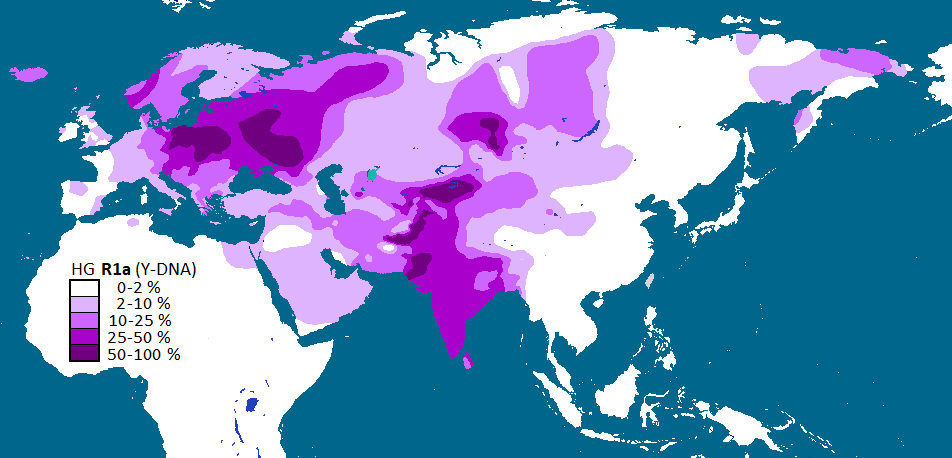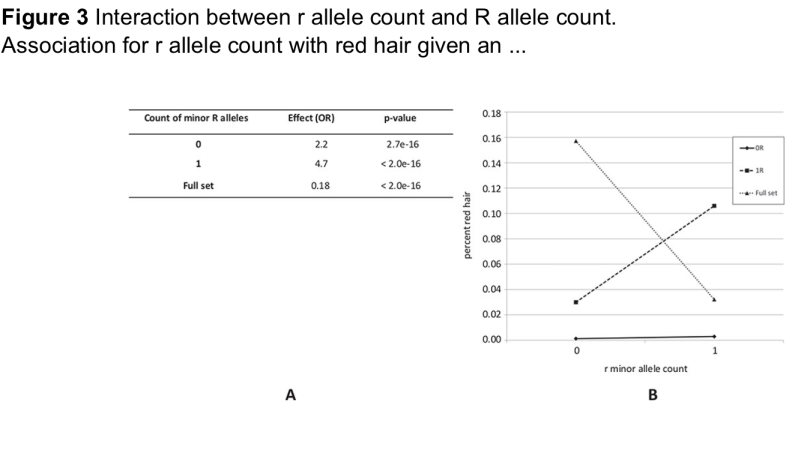Nicu
Regular Member
- Messages
- 92
- Reaction score
- 33
- Points
- 18
- Ethnic group
- Romanian
- Y-DNA haplogroup
- R1b-L23
Rightfully or not, there has been a prevailing stereotype in much of Europe, especially Central and Eastern, that reddish hair is often associated with Jewish people (some of this has to do with negative stereotypes stemming from the Bible), but there is something to it, as it seems they have over 5% with some degree of red hair or beard, which is of course not very common in general.
Many might assume this is particular to Ashkenazi Jews, who absorbed some Central and Eastern Euro populations to an extent (although apparently more so South Euro), but if you look at Biblical references, they describe several of the Israelite kings and other figures as having red hair, like David, Esau, Judas, etc. It's hard to say how much of this is figurative and up to interpretation, but it is true that lighter hair can naturally occur within Semitic Levantine populations, even without European input, including Arabic-speaking ones today. I wonder how common it was in the days of the ancient Israelites and Judeans versus modern populations.
Curious if anyone has more light to shed on this.
Many might assume this is particular to Ashkenazi Jews, who absorbed some Central and Eastern Euro populations to an extent (although apparently more so South Euro), but if you look at Biblical references, they describe several of the Israelite kings and other figures as having red hair, like David, Esau, Judas, etc. It's hard to say how much of this is figurative and up to interpretation, but it is true that lighter hair can naturally occur within Semitic Levantine populations, even without European input, including Arabic-speaking ones today. I wonder how common it was in the days of the ancient Israelites and Judeans versus modern populations.
Curious if anyone has more light to shed on this.



